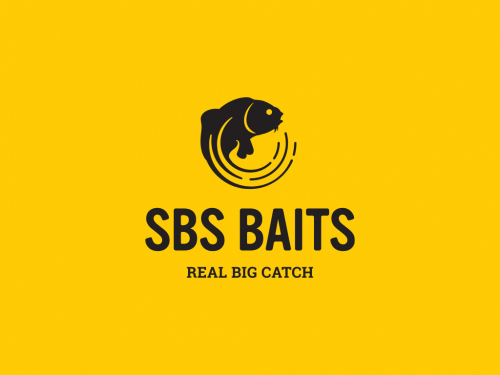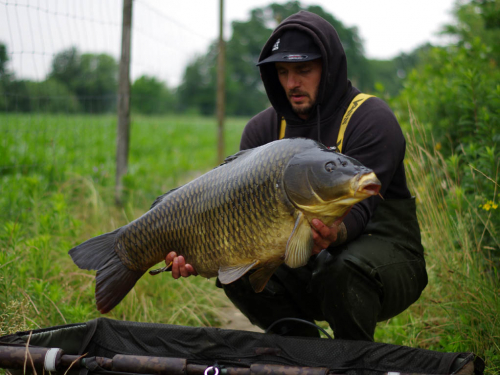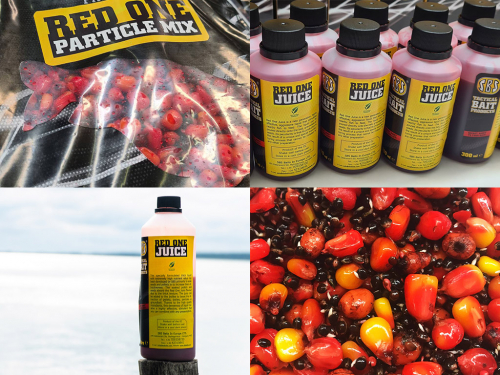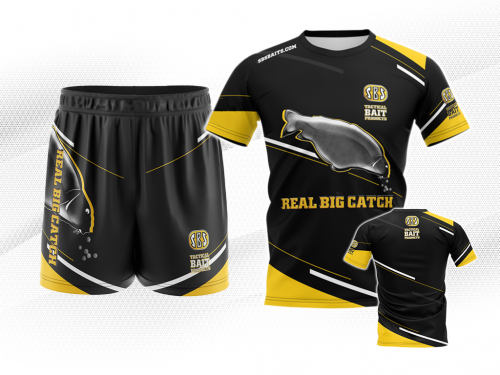Frosty Carp catching - Part 1
Carp fishing in cold water brings all kinds of pitfalls and is often accompanied by a sad failure. But if we are lucky and catch even a small Carp, our joy is more than if it is full season.
In winter, caution when handling the fish. Never place the Carp on the frozen grass
Methods of catching Carp in the winter could be divided into four groups. The first one is fishing when the water temperature drops (usually October, November), the second group specifies fishing in constant water temperature (December, January) and a third one if the water temperature rises (February, March). We can‘t take the groups too literally since each winter is different. Also we shouldn‘t be sad that we don’t have a typical winter picture of a fish in a snowy landscape. I myself am among the people who don‘t own any picture of a fish with "white" background even when the Carp was caught in December or January. I mostly caught fish after the thaw or it snowed the second or third day after my success. It's annoying but you can do anything about it.
My biggest winter Carp caught during December
The fourth group is not typical winter fishing, but it certainly deserves inclusion in our chat. Although it is about fishing in freezing weather, sometimes with snow banks, it is in an area supplied with warm water. Such locations can be found near power stations, sewage treatment plants, etc. In such areas water doesn‘t freeze even in freezing weather and Carp are active throughout the whole year. However it is questionable whether in this case we can talk about "winter Carp fishing".
The bite alarms are shaking with cold
What plays against us in typical winter fishing? Usually it is a reduced metabolism of the Carp and it results in less activity and food intake as well as slow movement which saves energy. I think the most important thing is the choice of ground and the actual location of the fish. It can be quite frustrating to choose at the start a difficult water, one which we don‘t even know from the full season and to cast blindly into the unknown, hoping which in this case is a waste of time and risk to our health. If you are a beginner in winter fishing or are about to begin, it is reasonable to start with a simple water which we were able to try during the spring, summer and autumn, from this we can see where the Carp were fed, where they rested where they have enough oxygen, natural shelters, etc.
It has its charm
Everything is frozen in stone
These factors are determined the easiest in small or smaller areas with lot of small and medium-sized fish. If we don‘t have this knowledge from previous period and yet decided to fish in an unknown location we have to give the location a large amount of time and patience. This is best achieved by walking constantly around the water and taking everything in our power to discover the habitats of the fish. A little fish activity produces the usual signs of tracing. We must try to find places where for some reason the water temperature is higher than average. The old rule applies that in winter the fish are deep in the water, because the water temperature at the bottom is higher, since the density of the water is highest at four degrees. As a result it drops to the bottom and creates a warmer layer. Assuming that the location is not too shallow, then there is no exchange of water between surface and bottom, so the temperature difference remains unchanged.
Let's locate Carp by careful observation
By that I don‘t want to say that in winter all fish were in the deepest point. A large number of Carp are caught in winter in very shallow water, which is confirmed by other fishermen. When Carp are searching for shallower water it is usually caused by a faster warming. Temperature increases in the shallower sections more quickly than in deeper water. Another explanation for this fact is that there can be lower oxygen at the bottom as colder water can accept more oxygen. In water which is not showing large temperature differences we can find the best places in lily strips, roots of trees, etc.
In the next part I am going to show you my favourite rigs, baits and feeding technique!
By: Zdeněk Ipser
-
New Brand Identity at SBS
The well-known yellow-black color scheme will of course remain, but at the same time, you will find a new font and a new logo symbolizing carp fishing on SBS platforms and product packaging, which better expresses the company's profile and identity.
-
Spring through my eyes
Last season I was less active in my fishing, so I decided to start this year as quickly as possible, in early spring. I wanted to trick as many carp as possible, of course take pictures and release them back to their home as soon as possible.
-
New products for 2022
In our work, the question arises countless times how competition is related to product development? This is when Formula 1 teams come to mind, where racing and the desire to win make engineers innovate continuously, having ...
-
New Releases in SBS Clothing!
We are happy to inform you, that our new SBS Competition T-Shirts and Shorts have been launched!